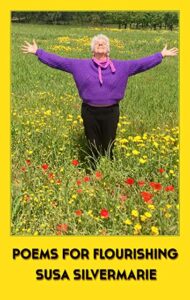Moonbird by Phillip Hoose
 The reader soars on the wind with this red knot of the subspecies rufa, flying 9000 miles every fall and spring. The author has written the story in such a way that the reader lives this shorebird character’s journey, and therefore comes to care deeply that its migration stopover sites are being trashed and dug up and polluted and degraded.
The reader soars on the wind with this red knot of the subspecies rufa, flying 9000 miles every fall and spring. The author has written the story in such a way that the reader lives this shorebird character’s journey, and therefore comes to care deeply that its migration stopover sites are being trashed and dug up and polluted and degraded.
Hoose conveys to the reader how “each species belongs to a complicated web of energy” and that together these webbed ecosystems “connect everything from microorganisms to mighty trees.” The current wave of species extinction is far from natural, we learn from this author. It is caused by a single species, by our habits of consumption and alteration of nature, wiping out thousands of species. Hoose asks, if a particular species, like rufa, is removed, could a whole ecosystem unravel?
Scientists call this banded red knot, Moonbird, because its life journeying has totaled a minimum of the distance to the moon and halfway back. The reader can feel Moonbird’s urgency to migrate, can marvels at its ability to transform its body every year, and can grieve and exhilarate over the beautiful bird’s trials and successes. Most of all, the reader of this book becomes connected in consciousness as well as in eco-system with the great avian athlete/ survivor. At the end of the book, Hoose holds out hope with vignettes of young people changing the story and saving the Moonbird’s stopover sites.
New York: Farrar Straus Giroux, 2012
